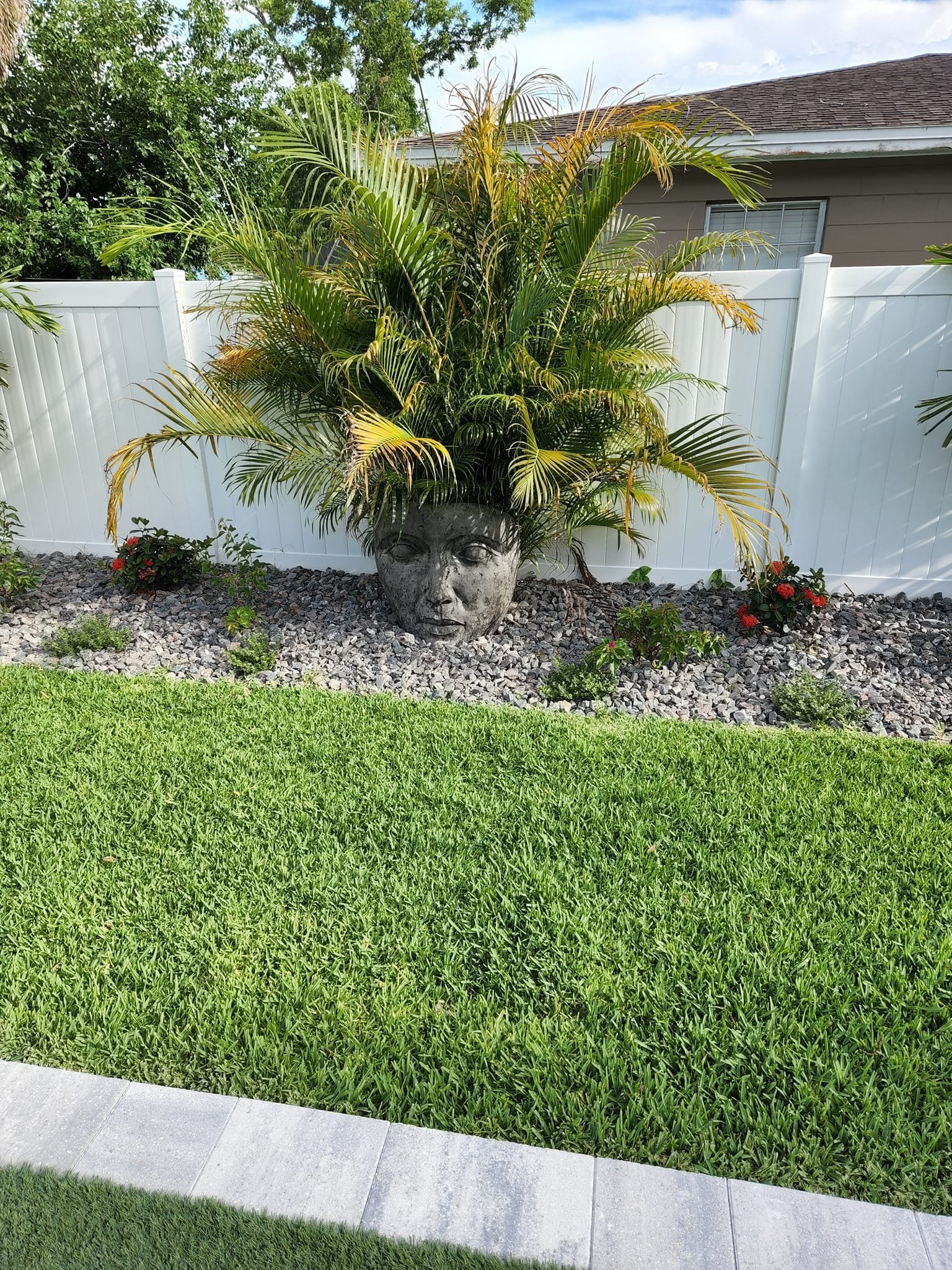Introduction
Maintaining a lush, green lawn is a point of pride for many homeowners. However, even the most diligent gardeners can face challenges in keeping their grass healthy. One of the most common culprits of lawn distress is brown patch disease. This unsightly condition can wreak havoc on your grass if left untreated. In this article, we’ll explore how to spot and treat brown patch disease in your grass, providing you with expert insights and actionable steps to safeguard your lawn.
Understanding Brown Patch Disease: An Overview
What Is Brown Patch Disease?
Brown patch disease, primarily caused by the fungus Rhizoctonia solani, is notorious for its rapid spread and devastating impact on various turf grasses, particularly during warm, humid weather. The disease manifests as irregular brown patches that can expand rapidly, leading to significant aesthetic and health issues for your lawn.
Symptoms of Brown Patch Disease
- Irregular Circular Patches: The first sign is typically circular patches ranging from a few inches to several feet in diameter. Color Changes: Grass blades may turn yellow or brown at the edges while remaining green in the center. Leaf Blight: Infected grass may appear water-soaked before wilting and dying. Fungal Growth: During humid conditions, you may observe a grayish-brown fungal growth on the grass blades.
Ideal Conditions for Brown Patch Development
Understanding when brown patch disease thrives is crucial for prevention. Typically, this fungus flourishes under:
- High temperatures (70°F to 90°F) High humidity Overwatering Poor air circulation
How to Spot and Treat Brown Patch Disease in Your Grass: Early Detection Strategies
Regular Lawn Inspections
Conducting regular inspections can help catch brown patch disease early. Look for any signs of discoloration or irregular patches during your routine lawn maintenance.
Signs You Might Have a Problem
Visual Inspection: Check for circular patches of dead or dying grass. Soil Moisture Levels: Test soil moisture levels; overwatering can exacerbate the problem. Grass Variety Awareness: Know which types of grass are more susceptible to brown patch disease.Effective Treatment Options for Brown Patch Disease
Cultural Practices
Implementing sound cultural practices is an effective way to treat and prevent brown patch disease:
Mowing Techniques:- Mow frequently at the recommended height for your specific grass type. Keep mower blades sharp to reduce damage during cutting.
- Water deeply but infrequently; aim for early morning watering. Avoid evening watering as it leaves grass damp overnight.
- Use slow-release fertilizers during summer months. Avoid high-nitrogen fertilizers that promote excess growth.
Chemical Treatments
In addition to cultural practices, chemical treatments may be necessary:
Fungicides:- Apply fungicides labeled for brown patch control as soon as symptoms are noticed. Follow application instructions carefully for optimal results.
- Consider applying preventative fungicides before peak growing seasons.
Long-Term Prevention Strategies
Selecting Resistant Grass Varieties
Choosing resistant varieties of turfgrass can significantly mitigate the chances of developing brown patch disease:

- Fescue varieties tend to be more resistant than others. Consult local experts or resources like Tarpon Lawn & Pest for recommendations based on regional conditions.
Maintaining Healthy Soil
Healthy soil promotes strong grass that can resist diseases:
Soil Testing: Conduct soil tests regularly to check nutrient levels and pH balance. Aeration Practices: Aerate your lawn annually to improve drainage and increase airflow.Frequently Asked Questions (FAQs)
1. What causes brown patch disease in lawns?
Brown patch disease is primarily caused by Rhizoctonia solani, a fungus that thrives in warm, humid conditions.
2. How do I know if my lawn has brown patch disease?
Look for irregular circular patches of dead or dying grass, often accompanied by yellowed edges on blades.
3. Can I treat brown patch with home remedies?
While some home remedies might provide temporary relief, it’s advisable to consult with professionals like Tarpon Lawn & Pest for effective treatment options.
4. Is there a particular time when I should be more vigilant about brown patch?
Yes! Be especially vigilant during late spring through early fall when temperatures are warm and humidity levels rise.

5. Can I prevent brown patch without chemicals?
Absolutely! By maintaining proper mowing practices, watering techniques, and choosing resistant grass varieties, you can significantly reduce the risk of brown patch developing.
6. How often should I apply fungicides for prevention?
Follow product labels closely; typically, preventative applications are made every 14–28 days during peak growth periods depending on weather conditions.
Conclusion
Brown patch disease presents a challenge that many homeowners face when https://donovandkkm395.cavandoragh.org/how-tarpon-lawn-pest-handles-common-pest-challenges-in-lawns caring for their lawns—especially those seeking lush greenery in places like Valrico, FL. However, by understanding how to spot and treat this common issue effectively—coupled with adopting best practices—you'll ensure your lawn remains healthy year-round. Remember that consistent care combined with professional advice from experts such as Tarpon Lawn & Pest will lead you towards achieving that vibrant landscape you've always desired!

By being proactive today about spotting potential issues like brown patch disease now rather than later down the road means saving time (and money!) while keeping frustration at bay so you can enjoy every beautiful inch of your yard!